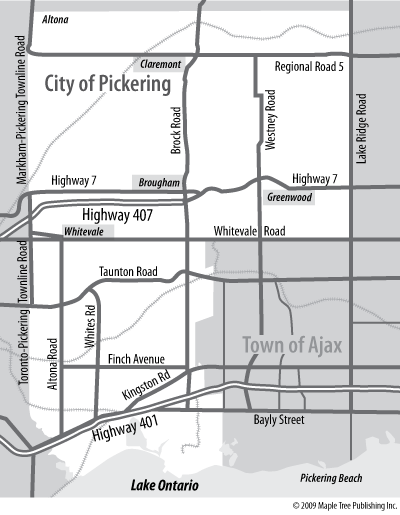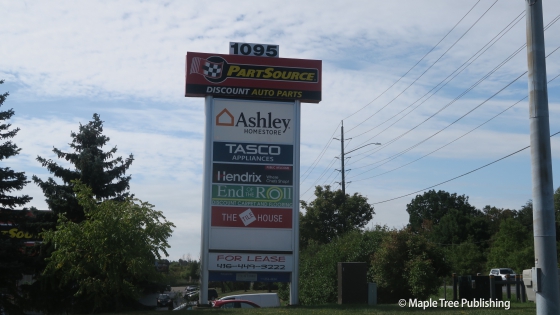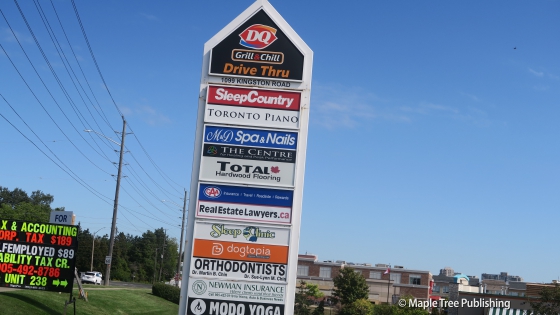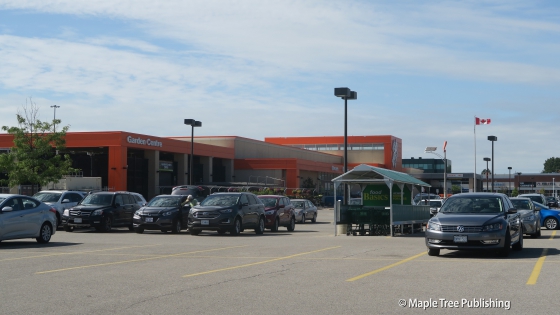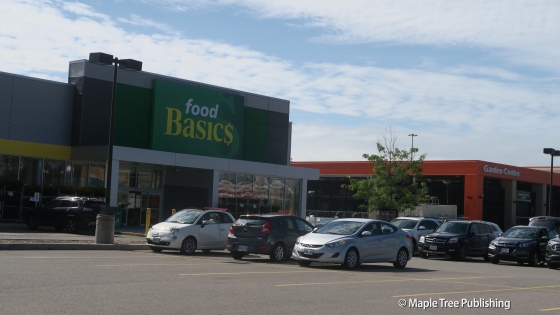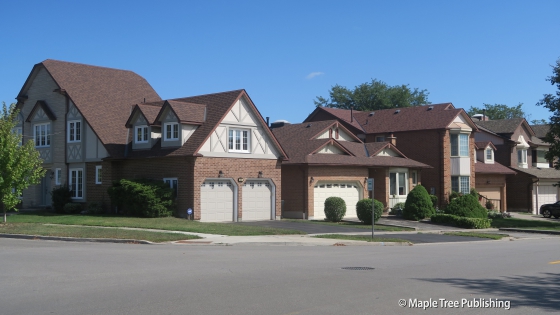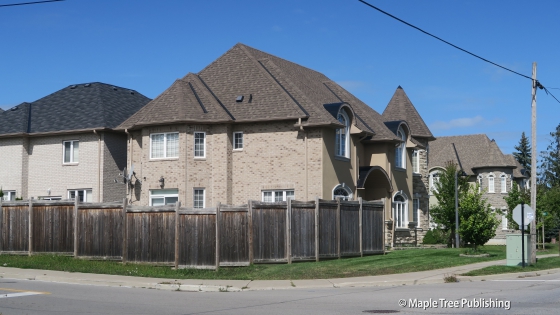Dunbarton
History:
Dunbarton is named after William Dunbar who emigrated to Canada from Scotland in 1831 and settled on Lot 25 Concession 1 in Pickering Township. Dunbar was a leader in the community at every level including, business, politics and religion. Among his many achievements Dunbar is credited with being the founder of Dunbarton Village. In the mid to late 1800s, Dunbarton was a prominent enough village that it had its own post office. The postmaster was John Parker. Dunbarton also had its own train station on the Grand Trunk Railway Line.
Like William Dunbar, most of the early settlers in Dunbarton were of Scottish origin and most belonged to the Presbyterian church. The community revolved around Erskine Presbyterian Church which would later amalgamate with Dunbarton Presbyterian Church to form Dunbarton – Fairport United Church which is still active in the community today. Very little remains of the original Dumbarton Village save for the former Erskine Church and its cemetery which are located at the north east corner of Finch Avenue and Airport Road.
Overview:
The Dunbarton neighbourhood is situated on a narrow strip of land in central Pickering. The main street in the neighbourhood is Fairport Road which runs from Kingston Road to Finch Avenue. When you pass under a rusty old bridge at the sound end of the neighbourhood it comes as a major surprise to discover that the rest of the neighbourhood is filled with some of the largest and finest luxury homes in Pickering. Dunbarton Creek meanders through the centre of this neighbourhood creating a narrow green corridor that adds a nice aesthetic to the neighbourhood. St. Pauls on-the-Hill Anglican Church is a neighbourhood landmark overlooking Kingston Road which is a busy thoroughfare with a plethora of retailers, restaurants and car dealerships.
Lifestyle:
Pickering Town Centre located at 1355 Kingston Road is a regional shopping centre destination with over 200 shops and restaurants including brand names such as Hudson’s Bay, Saks Fifth Avenue OFF 5th, H&M, and Winners+Home Sense. There is also a large Cineplex Cinemas at this mall.
Homes:
Dunbarton has one of the largest collection of large custom homes in Pickering. The lots are big and well treed. Many of the homes have stone accents and whimsical architectural features such as turrets. Some of the original housing stock from the early 1900s is still standing on the west side of Fairport Road. The first new home subdivisions in Dubarton were built in the 1980s. Many of the largest homes and newer homes in Dunbarton are located at the south end of the neighbourhood.
Recreation:
Chestnut Hill Developments Recreation Complex is located in the heart of Pickering on Valley Farm Road across from The Esplanade Park and Pickering City Hall. This is the largest recreational facility in Pickering. Recreational amenities include a multi-lane swimming pool, fitness studios as well as racquetball, squash and tennis courts. There are also community meeting rooms and banquet halls.
Arts:
Durham West Arts Centre and the PineRidge Arts Council both promote arts events in Pickering including the annual Durham West Studio Tour. Esplanade Park adjacent to the Pickering Municipal Complex has a summer concert series hosted by the City of Pickering. Esplanade Park is also the site of the Pickering Farmers’ Market. In addition to a variety of farm fresh food this market also includes music and arts activities for families as well as a variety of artisans showing their work. The City also hosts a summer Waterfront Concert Series at Pickering’s Millennium Square.
The City of Pickering has an official Dance Company known as SynchroniCity that performs at the annual Easter Parade, Santa Claus Parade, Tree Lighting, Artfest and other community events.
Dunbarton Stats
Walkability:
Medium
Bikeability:
Low
Public Transit:
Medium
Affordability:
Low
Greenspace:
Medium
Recreation:
Low
Legend: Low, Medium, High
Commute Times
* All commuting times provided are approximate times only. Commute times may increase or decrease depending on where you live within the neighbourhood and the time of day i.e rush hour versus off hour commutes. Time estimates to public transit are based on walking distance or bus line connection whichever is quicker. All other commute times on the chart above are based on drive times.
